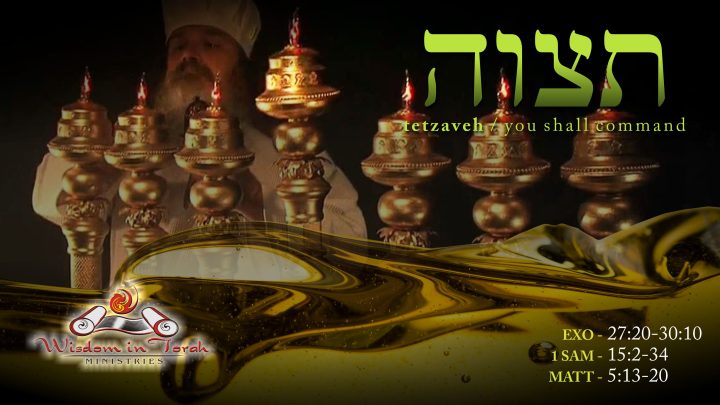
Don't Forget to
In this Torah Portion we will focus on the Dedication of the High Priest and His sons into the Holiness of the Service.
What really happened there at the Door of the Mishkan when Aaron and His sons were anointed by Moses?
What is the legal implications if we challenge the authority of the High Priest?
Why did they eat the dedication Korban at the door of the Mishkan?
What is the Meaning of the Breastplate of the High Priest?
There are also 7 Commandments in this portion.
This page includes Torah Portions from multiple years covered by Wisdom in Torah. Each year we covered the Torah from a different perspective so you can explore each Parashah from a different perspective and focus.
- 2010 Portions: Focus on Messianic connections in the Parashah
- ANET Portions: Focus on the ancient Near Eastern cultural context of the Parashah
- Mitzvot Portions: Focus on explaining and exploring the commandments found in the Parashah (in progress)
- 2015 Portions: Revisiting the Parashah looking at the ancient cultural context more in depth with additional areas that have been researched
- Brit Portions: Focus on connecting the Brit Hadashah (New Testament) to the Parashah
Oops, this is members-only content
This page requires at least a basic level membership to access the teaching.
Audio
Oops, this is members-only content
Resources
The following is a list of recommended resources for this teaching:
- More resources coming soon...
Categories
33 thoughts on “Torah Portion Tetzeveh Complete”
Leave a Comment
You must be logged in to post a comment.

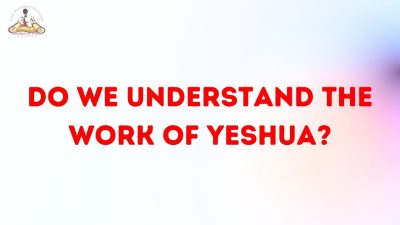
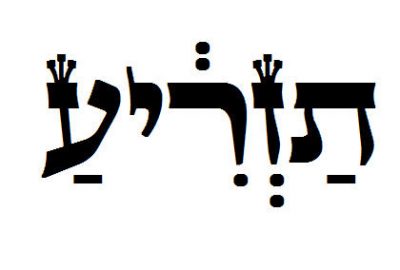
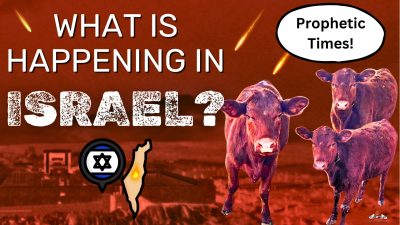
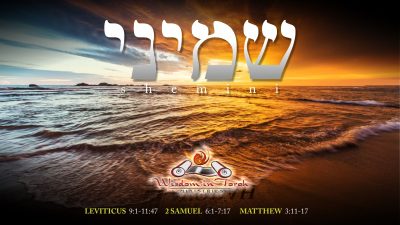
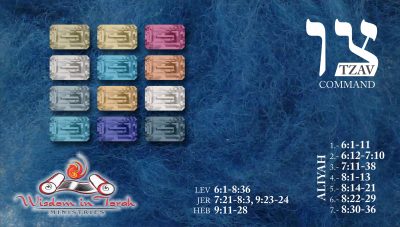
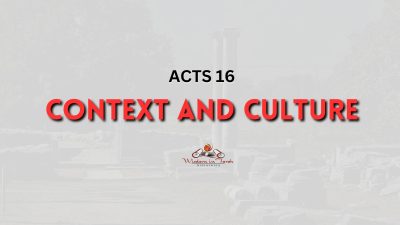
I got this from the Temple Institute regarding the High Priest;
The White Garments
With regard to the High Priest’s service on the Day of Atonement the Bible states: “He shall put on the holy linen tunic, and he shall have the linen pants upon his flesh, and he shall be girded with a linen belt, and with the linen turban he shall be attired” (Lev. 16:4).
The four garments worn by the High Priest on the Day of Atonement are the tunic, pants, the turban and the belt. These garments are made from white flax; hence their designation “the white garments.” They must be woven, as mentioned above, and each thread used must be six-ply – woven from six individual strands of fabric.
The High Priest had two tunics which he wore on the Day of Atonement. One-he wore in the morning, and the other at the evening.
After the conclusion of the Day of Atonement, HE WILL NEVER AGAIN WEAR the white garments in which he officiated on this day. They are hidden in the place where he removes them, as the verse indicates “And Aaron shall come into the Tent of Meeting, and he shall take off the linen garments, which he put on when he went into the holy place, and he shall leave them there” (ibid. v. 23)
ALSO SEE —->
The Garments Were Not Washed
Furthermore, although the priests were extremely neat, just as they were diligent and careful – still, they were working with the sacrifices. Any garment which became soiled to the extent that its stains could not be removed, those garments were not washed. When they became disqualified from use in this manner, they were shredded and used to fulfill another of the Creator’s commandments! The tunics were used to make wicks for the menorah, and the belts and pants, wicks for the oil lamps of the Festival of the Water Libation which took place in the Women’s Court during the Festival of Sukkot. This applies only to the garments of the ordinary priests, of which there were a great many. When the High Priest’s uniform became unusable through wear and tear, it was not destroyed, but hidden away so that no other man could ever wear it.
The source for this information and more can be found at
http://www.templeinstitute.org/priestly_garments.htm
ps. Tammy are you a resident of Illinois and married to a twin?…
We were wondering about the blood that was sprinkled on the priestly robes for thier sanctification. Did they leave that on the robes forever or did they wash them or did they wear new ones everytime???? Just curious.
wow this is my first time on my own forum Victor did a good job and I am glad that you all like it and coming in to comment of the torah portions. Please remember to keep this forum constructive and educational do not make it about negative stuff.
thanks
Rico
Rico, I appreciate all that you do for us. The effort that it takes and the time commitment that it takes. I get to reap the benefit of your study. I love the passion that you have for our Abba, His Word, His Son, His temple services. I’ll wait patiently for your materials. I pray for you often that our Yah protects you and your family, guides you and provides abundantly for your needs. I’ll always look forward to seeing you at conferences. Shalom Rico!
Terri
Rico mentioned that we normally find the colors listed in the order of blue, purple and scarlet (crimson). I discovered in 2Ch 2:7 they are listed as purple, crimson and blue. 2Ch 2:14 has them listed as purple, blue and crimson. Looking into this further I found it interesting that in 2Ch 2:7 the phrase translated as “and in the purple” is different than that used in Exodus (35:35 and 38:23) as it is missing a mem and the mem was replaced with a vav (u-b-argmn versus u-b-argun). The meaning of mem includes chaos, mighty and blood. Interesting that if you remove the mem (I’ll say blood) then you change the picture of what YHVH intends to show us.
2Ch 2:14 uses the Strongs H3758 (vermilion from unknown origin) not H8438 (crimson grub) as found in the Exodus examples. I’d love to hear others thoughts on this.
Shalom and Praise Father!
Thanks Rico for your humble servants heart to do Father’s will as a righteous brother proclaiming Fathers word to the nations so we all will hear and act on it. Many are returning to the ways of old, as you know and have personally seen. Father bless you and keep you and your family my brother. Be strengthened and keep going strong and bold to the world for His Name Sake!!!!!
Yosef
I was child sitting and listening to this week’s portion. I had to stop it after the 1st part because I was on their computer and had nothing to take notes and couldn’t really listen and keep focused but I knew it was going to be good..and it WAS. When I got home and immediately went to my computer and started studying. I returned to the Terumah portion and printed the power point for the Acrostic of MIZBEACH. I love looking for hidden meanings in Hebrew words—and I am learning Hebrew pretty much on my own–just getting to know the letters and some of the vowel marks–but I can pick out some words and it is so AWESOME. Like in Genesis the listing of the children born of Jacob–and their Hebrew meanings makes a glorious statement of Yahshua….
Thank you for your time–both in research and teaching–YHVH bless you and your family and give you health and strength
Rico,
I really appreciate the time you take to give us details, like the way the olives are processed and how they are used, or not used, in the Temple. This is important information to me as well as very interesting, it really helps give a firm foundation and a well rounded understanding.
Thank you!
Shalom my brothers and sisters
Shalom Rav Rico,
Another AWESOME teaching bro. Todah raba for all you do. We pray blessings upon you and your family for health and provisions as you do Abba’s work in the earth. YOU are a wonderful gift Rico. Praise Yah!
The Blums (Melody)
Rico,
This is my first time on your site. I loved the Torah portion. I saw you on Paul Nison’s program.
I noticed that you say “Oh, my Lord!” and “Oh my God!”. I was raised thinking that was taking God’s name in vain. How do you see this?
Respectfully,
Sharon
Taking the name in vain is the YHVH not the translation like God or Lord but I should watch that and not use that so much due to the lack of people’s understanding of the real name of GOD which is YHVH. Thanks
How I love your heart Rico, I love your teachings soOO much. It is like fresh running water in a very dry arid land here in Australia and it is so obvious they come from the very heart of our King, our Messiah. Thankyou so much.
Is there a way to get just the audio for this weeks Torah portion? My computer is very slow and the video does not download well.
I have the same problem as “jstyle.” We live deep in the woods of East Texas. Our computer service available is substandard, but better than dial-up! Audio files would not eat up our video streaming time, for which there is a penalty if we go over our alloted time frame.
The audio versions are on almost every teaching just below the videos.